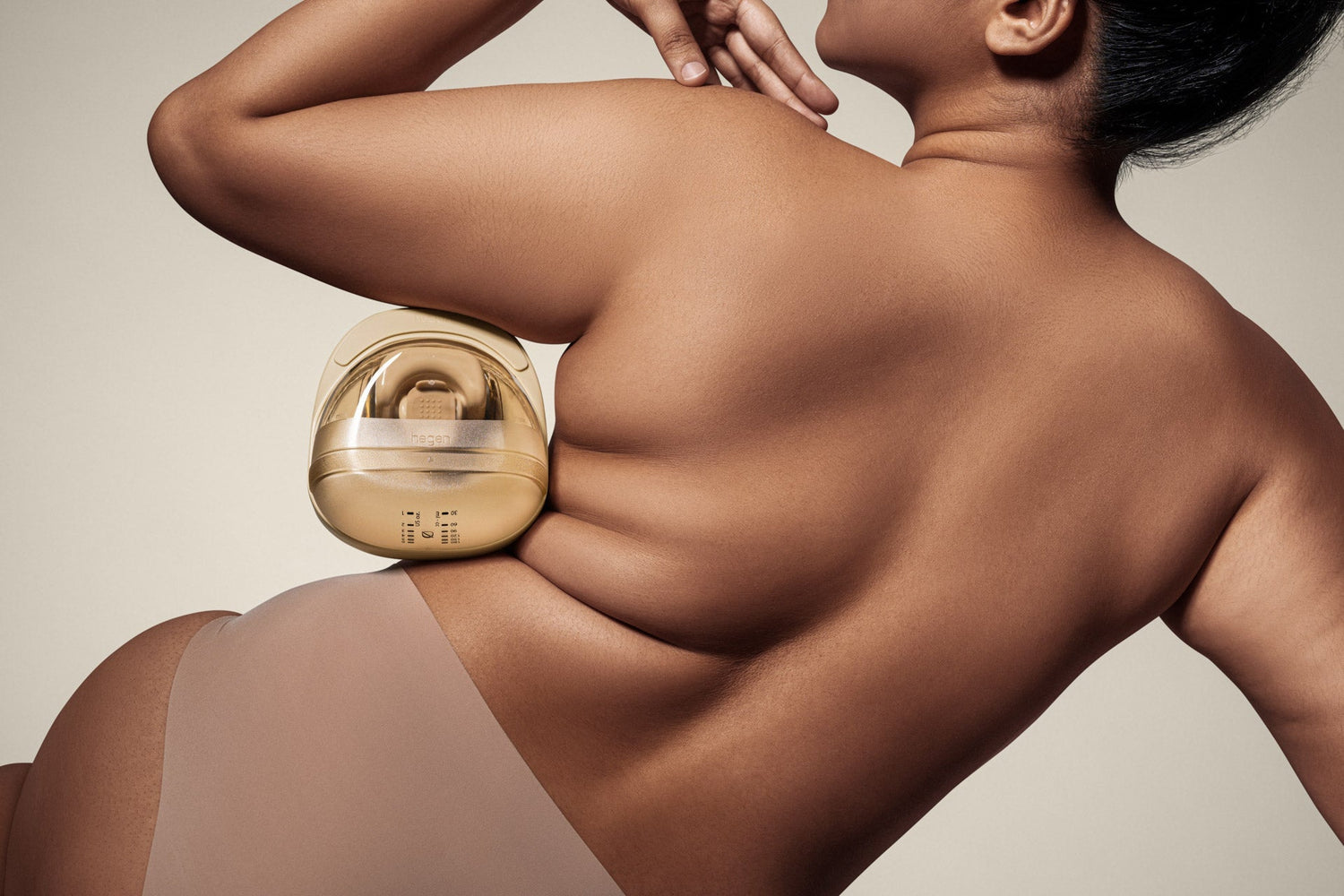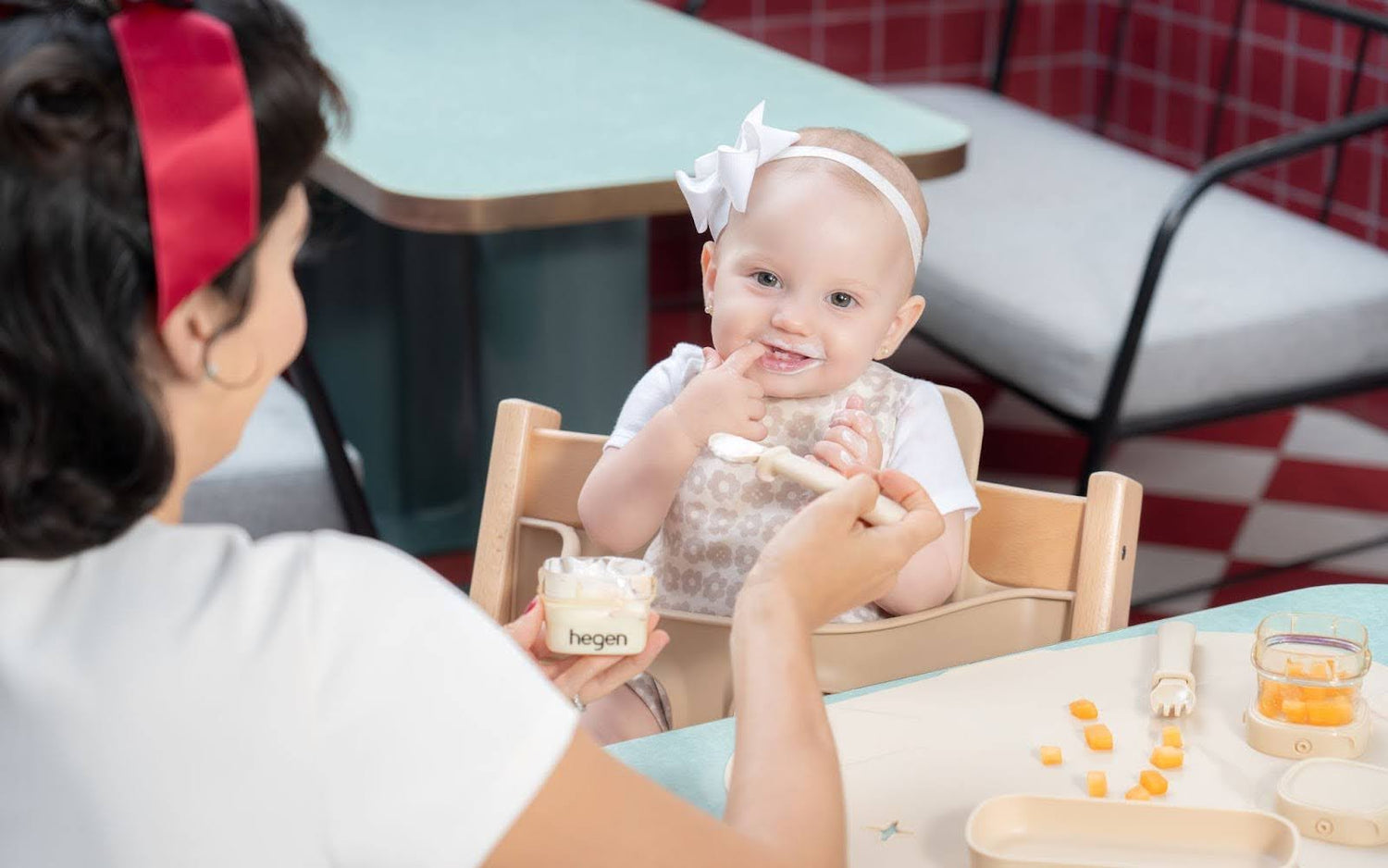Introducing your baby to start solids is a significant milestone, often filled with joy, curiosity, and sometimes uncertainty. Parents often wonder if they are doing it “right” or if their baby is ready. The truth is, starting solids is not just about food; it’s about supporting healthy growth, development, and creating special bonding moments at the family table.
Every baby’s feeding journey is unique. This guide offers gentle, practical steps to help you move confidently from baby purée to your little one’s first foods, while keeping the experience positive for both you and your baby.
When Is My Baby Ready for Solids?
Most babies are ready to begin solids around 6 months, though some show signs of readiness as early as 4 months. Instead of focusing only on age, watch for developmental cues such as:
- Sitting with minimal support and holding their head steady
- Showing curiosity about baby food by reaching for your spoon or opening their mouth
- Loss of the tongue-thrust reflex (no longer pushing food out automatically)
- Ability to swallow small amounts of smooth baby purée
There’s no strict deadline—your baby will guide you when the time is right.
Starting With Purées: First Foods to Try
When it’s time to introduce solids, keep it simple. The best baby first foods around 4–6 months are gentle on little tummies, single-ingredient, and easy to digest. A good place to start is with iron-rich foods that support healthy growth and development, such as:
- Puréed meats (chicken, beef, or fish)
- Fortified infant cereals
- Steamed and mashed root vegetables like carrot, pumpkin, or sweet potato
- Soft fruits such as apples, pears, or bananas
If you’re wondering what are the first foods to introduce to a baby, aim for variety while introducing one new food at a time. You can also begin small, safe exposures to common allergens such as peanut, egg, or dairy—always under guidance from your healthcare provider.
Simple preparation works best: steaming, mashing, or blending until smooth helps your baby adjust to new tastes and textures.
Moving Beyond Purées: Textures, Tastes, and Self-Feeding
Once your baby is confident with purées, you can start introducing new textures and experiences. Think mashed foods, soft finger foods, and even tiny bite-sized pieces. These little steps help build chewing and swallowing skills—while keeping mealtimes playful and fun.
Here are some ways to support the transition:
- Offer lumpy textures and soft, bite-sized pieces of food
- Encourage self-feeding with small finger foods they can grab
- Introduce an open cup or a straw cup at meals to support motor development
Parents often ask about baby-led weaning vs purées. In reality, it doesn’t have to be either-or—you can use a blended approach. Whether spoon-feeding or self-feeding, responsive feeding is key: allow your baby to explore, taste, and decide when they’ve had enough.
And don’t be alarmed if gagging happens as it’s a normal part of learning and very different from choking. With time, it actually helps your baby build safe eating skills.
Common Concerns When Starting Solids
Introducing solids can come with lots of little worries, and that’s completely normal. Here are some common situations and what they might mean:
- Baby spits food out: This is just part of learning how to eat and trying new flavours.
- Baby refuses solids: Stay calm, keep offering without pressure, and remember it can take several tries before a food is accepted.
- Small appetite: That’s okay—breast milk or formula is still the main source of nutrition until age one.
- Possible allergy or intolerance: Keep an eye out for rashes, swelling, or tummy upset and check in with your doctor if you notice anything unusual.
If you’re ever worried about persistent feeding difficulties, slow weight gain, or hydration, check in with your paediatrician for reassurance and guidance.
Making Mealtimes Positive and Stress-Free
At the end of the day, mealtimes aren’t just about nutrition—they’re about connection and joy. Here are some ways to keep feeding a positive experience for everyone:
- Share meals as a family—babies love learning by watching you
- Avoid pressuring or forcing your baby to eat
- Offer small, baby-sized portions and let them explore at their own pace
- Create consistency with a high chair setup and simple routines
Having the right tools can make things easier, too. Hegen’s mealtime set is designed with both parents and babies in mind for a safe, durable, and practical way for food prep, storage, and serving. They help take the stress out of mealtimes, leaving more space for fun, mess, and memories.
Every Baby’s Feeding Journey Is Unique

There’s no single “right” way to start solids. Some babies love the smoothness of purées, others dive straight into finger foods, and many happily explore a bit of both. The most important thing is to stay flexible and follow your baby’s cues as they discover the joy of eating.
If you ever feel unsure, you don’t have to go through it alone. Support from lactation centres, infant care classes, or trusted resources can give you extra guidance and peace of mind. And remember—every messy spoonful, curious taste, and new texture your baby tries is a milestone worth celebrating.
To make mealtimes easier, Hegen offers thoughtfully designed feeding accessories that grow with your child. From baby sippy cups, plates and bowls to ergonomic kids cutlery and mealtime sets crafted for little hands, Hegen provides practical, safe, and stylish solutions that help parents turn mealtimes into joyful, stress‑free moments. Explore Hegen’s collection today and discover how the right tools can help you and your little one embrace solids with confidence and joy.





